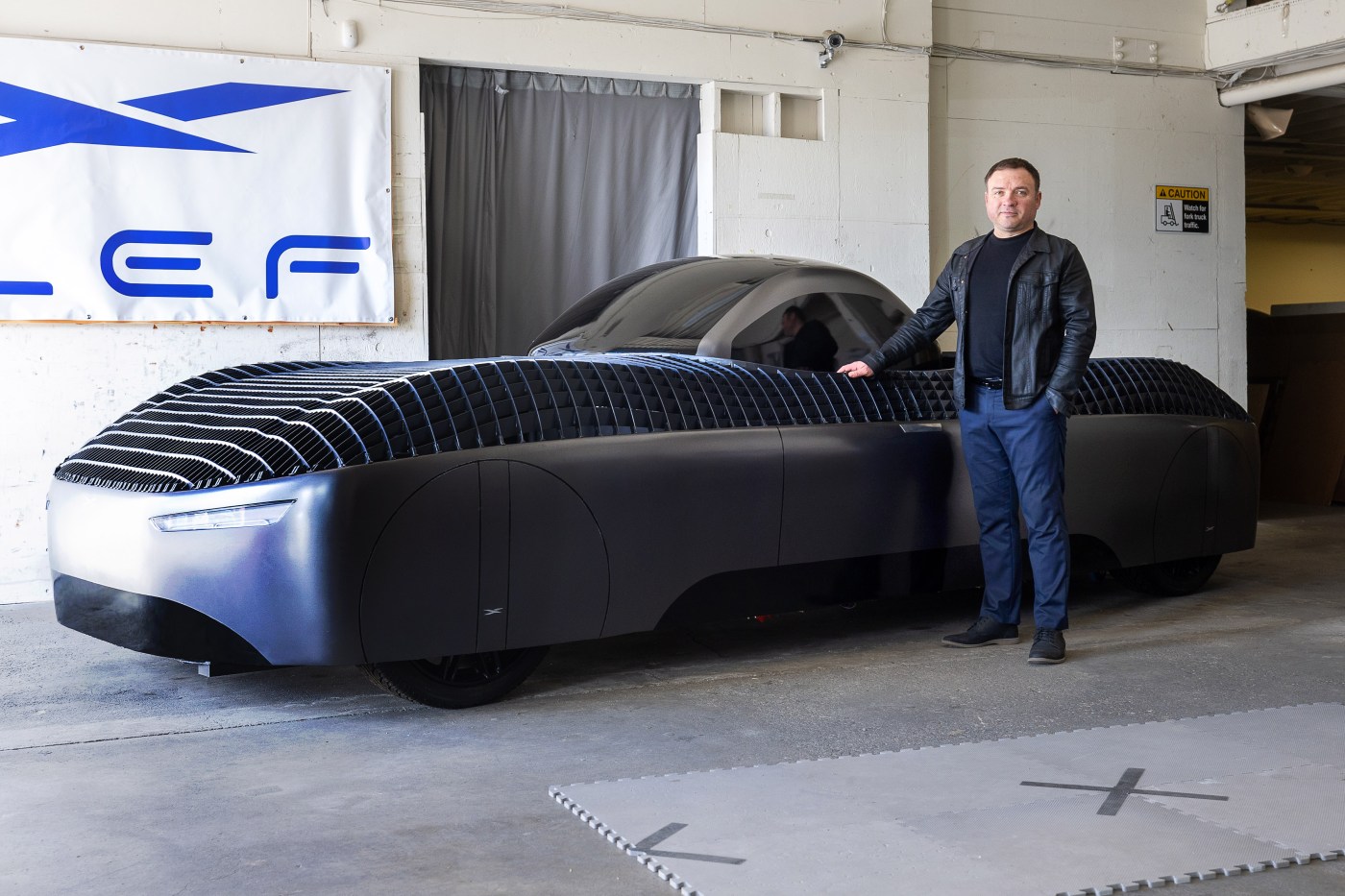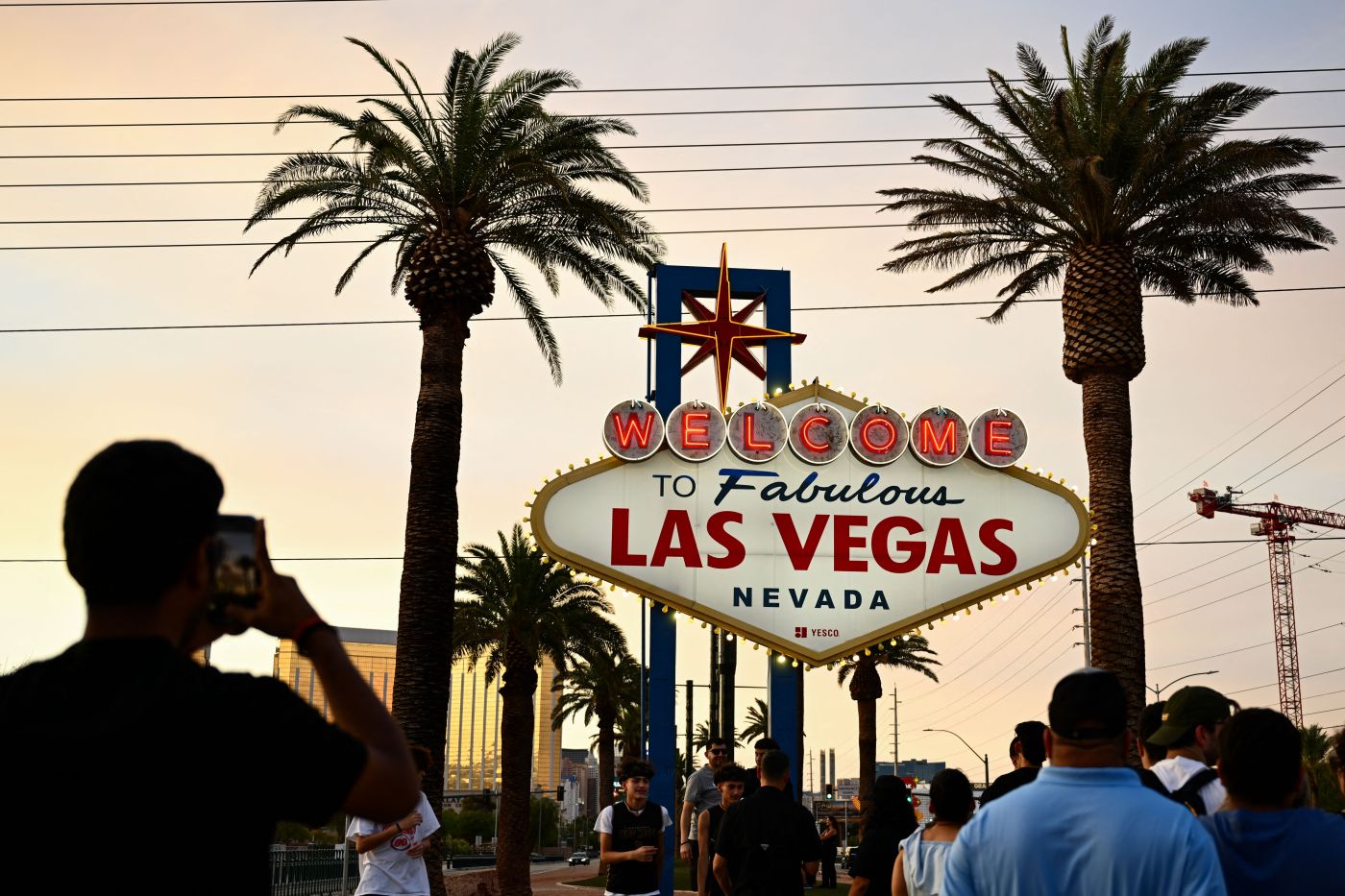If any place in the U.S. embodies the convergence of science fiction and reality, it’s Silicon Valley.
Alef Aeronautics is one of several Bay Area companies competing to combine the two in the automotive market with flying vehicles. In February, the San Mateo-based company unveiled a prototype of its flying car, Model Zero, at the Silicon Valley Auto Show. Soon after, the company demonstrated its ability to lift off.
Archer Aviation, based in San Jose, showcased its electric air taxi at San Francisco International Airport on Thursday, while Aska in Mountain View and Joby Aviation in Santa Cruz are also working on air mobility solutions.
Related Articles
H-1B visa: Fears rise for foreign tech workers in Silicon Valley over travel
Trump holds off on TikTok ban after he almost closed deal with ByteDance, AP source says
‘Worst-case scenario’ for tech wipes $1.4 trillion from Nasdaq
Tesla estimates cut further on ‘unprecedented brand damage’
TikTok’s new owner stands to inherit 1,500 safety, privacy lawsuits
Alef’s founders believe they will be the first to produce a vehicle capable of both ground transportation and vertical takeoff.
The fully electric Alef flying car can climb as high as 1,000 to 2,000 feet, developers claim, by using its entire body as an airfoil, or wing shape, during flight, a process enabled by cabin rotation, Alef co-founder Constantine Kisly explained. It has a flight range of 110 miles and a driving range of 200 miles.
For safety, the vehicle employs a redundant multirotor system, meaning it has several independent motors to ensure stable flight and controlled landings. Currently operating in a semi-autonomous mode, Alef is developing fully autonomous models.
Which government body would regulate such an effort by Alef is still under discussion. While the Federal Aviation Administration would most likely be involved, the California Department of Motor Vehicles would also need to be considered because the car still operates as a ground-based vehicle.
As futuristic as the concept sounds, the Bay Area’s entrenched transit problems — fragmented infrastructure, heavy congestion and high costs — raise questions about whether flying cars will be a practical solution or just another luxury item for the wealthy.
“One of the big, unsolved challenges in society is traffic,” Kisly said.
Kisly said traditional commuter solutions focus on underground systems like tunnels and subways or on-ground infrastructure such as highways and public transit.
“But few have looked to the sky,” he said. “We have small aviation and big aviation, but nothing that really covers the commuting range — say, 30 to 100 miles. That’s exactly the space we’re targeting. And the question is: Who’s going to use it? Who’s going to occupy that space? We believe it’s going to be us, because it’s a perfect fit.”
Alef’s prototype has already attracted attention, securing more than 3,300 pre-orders and backing from high-profile venture capitalist Tim Draper, an early Tesla investor.
But skepticism remains.
During a recent episode of “Last Week Tonight with John Oliver,” the comedian dismissed the vehicle, joking it looked like “Lightning McQueen got canceled and rebounded by starting his own energy drink company.”
Other critics have also chimed in, arguing that flying cars are unlikely to become an accessible transit option for today’s average commuter.
“It’s interesting to imagine that one day you might be able to take to the air the way some people take helicopters to the airport,” said Adina Levin, co-founder of transit advocacy group Seamless Bay Area. “There’s already a market for that — people with private jets, corporate jets, or those who can afford a helicopter ride to a ballgame.”
She doesn’t see flying cars becoming “something accessible to the general public anytime soon.”
“It’s still very much a luxury,” Levin added.
Currently, Alef’s Model Zero is priced at $300,000. Kisly said the company hopes to lower the cost over time, eventually making flying cars available at a price comparable to a regular sedan.
For Levin, the solution to the Bay Area’s transit woes lies not in the skies, but in a more cohesive, ground-based system.
Bay Area public transit remains fragmented across multiple agencies and jurisdictions, making it difficult for riders to navigate. Levin believes ongoing regional efforts, such as the Metropolitan Transportation Commission’s Plan Bay Area 2050+, will be key to solving congestion and connectivity challenges.
“Around the world, there are many examples of regions that have multiple transit agencies,” she said. “But they also have a network management organization that coordinates them.”
The Metropolitan Transportation Commission (MTC), which oversees regional transit planning, is working to improve the interconnectedness of Bay Area transit systems.
“It’s designed to identify long-range strategies for the next 25 years to make the Bay Area more affordable, connected, diverse, healthy and vibrant,” said Dave Vautin, MTC’s director of regional planning.
Vautin acknowledged that while emerging technologies like flying cars are part of the broader conversation, infrastructure challenges make widespread adoption unlikely in the near future.
“That’s obviously a hot topic in transportation planning right now,” he said. “In the ’60s and ’70s, there were helicopter lines within the Bay Area, but they ultimately fizzled out. It’s interesting to consider the parallels — and the challenges the private sector faced in making those services viable back then.”
Public transportation expert Michael Ostrovsky, an economics professor at Stanford University, believes the future of transportation will require both traditional and emerging solutions.
“I no longer think of this as science fiction. We are in the research phase, but the technology is here,” Ostrovsky said.
However, he emphasized that traditional public transit will remain essential.
“You can’t get away from the fact that a train can carry a huge number of people very efficiently,” he said. “That’s not going to change even with the latest technologies.”





